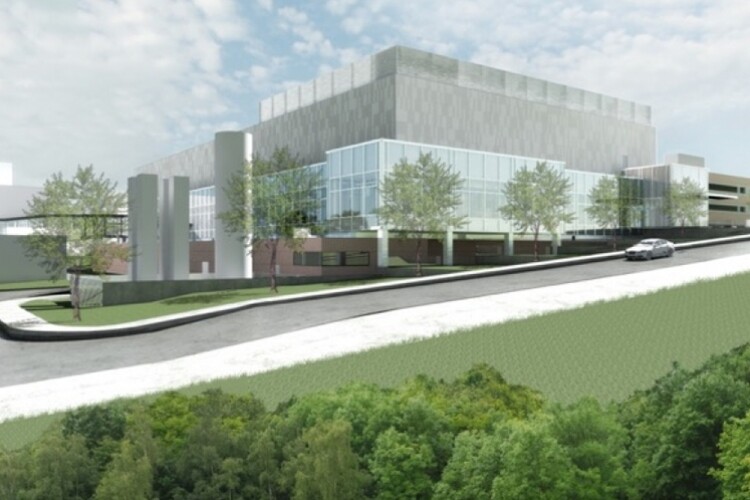Construction of the Compound Semiconductor Laboratory – Microsystem Integration Facility (CSL-MIF) is scheduled to begin this spring at the Massachusetts Institute of Technology (MIT).
The project is funded by the U.S. Air Force military construction (Milcon) programme, under the direction of USACE, who will manage the building of the 160,000-square-foot, three-storey facility. Lincoln Laboratory will install and calibrate the facility’s specialised microelectronics fabrication equipment.
The research and prototyping facility is intended to yield complex, integrated microelectronic components to enable scientific discovery and solve national security challenges.
“The CSL-MIF will enable the most advanced microelectronics research and prototyping in critically important national security areas for decades to come,” said Lincoln Laboratory director Eric Evans. “We look forward to the many technology advances that will be developed through the combination of this new laboratory and our outstanding staff.”
The CSL-MIF is designed to enable scientists and engineers to grow, fabricate, and characterise semiconductors made of two or more different elements (compound semiconductors) and package specialised prototypes.
The capability to integrate different semiconductor material systems and device technologies allows for the creation of customisable microsystems targeting a wide range of applications. Technologies of focus will include 3D-integrated focal plane arrays for scientific imaging and surveillance, integrated electro-optical systems for space-based optical communication, superconducting microsystems for integrating quantum information bits (qubits), and advanced 3D-ladar imaging systems.

The capabilities of the CSL-MIF will be complementary to those of the laboratory’s existing Microelectronics Laboratory (ML), the US government’s most advanced silicon-based research and advanced prototyping fabrication facility.
“The combination of the new CSL-MIF with our existing ML infrastructure will be a powerful and differentiating resource for the laboratory in the advanced microelectronics area,” said Craig Keast, associate head of the laboratory's Advanced Technology Division and technical lead on the CSL-MIF project. “The two facilities together will allow us to explore and demonstrate complex heterogeneously integrated microsystems that could not be realized without access to the capabilities provided by these two specialized facilities.”
The CSL-MIF building project has been over a decade in the making. In 2014, the US Department of Defense acknowledged a critical need for Lincoln Laboratory facility modernization, and the CSL-MIF was one of two Milcon building projects. The second building project programmed for Milcon funding is a new Engineering Prototyping Facility (EPF) for establishing advanced fabrication and integration laboratories for large system prototypes. Together, the CSL-MIF and EPF make up a larger modernisation effort called the West Laboratory Project.
For the past four years, Lincoln Laboratory Capital Projects Office (CPO) staff have been working on the design architecture and engineering of the CSL-MIF. They adopted a bottom-up design approach that incorporated much input from research staff. Two of the critical design requirements involve control of vibration and contamination. Even the slightest vibrations or the smallest amount of dust in the air can interfere with experimental research or device manufacturing. The design team integrated these and other requirements into a set of construction specifications while adhering to budget constraints.
“We brought the design to about 35 percent completion for the fabrication rooms; research and prototyping tools; power and electrical equipment; and air circulation, filtration, and humidity control system,” said Lincoln Laboratory CPO Director Michael Menadue. “We worked closely with the Air Force and USACE to finalize the complex building design. We have a great partnership with them.”
Of the 160,000 square feet, 35,000 will be high-end clean- room space, most of which will contain fewer than 10 particles of 0.5 micrometres or larger per cubic foot of air. Typical office space air contains more than 1 million dust particles of this size per cubic foot of air. The clean room will sit on its own vibration-isolated floor within the building. The floor beneath will contain all of the equipment feeding the clean room, including the vacuum pumps, chemicals, and power supplies. With this setup, operations and maintenance can be performed without contaminating the clean room spaces. The floor suspended above the clean room will house the heating, ventilation, and air conditioning equipment for controlling air flow.
Got a story? Email news@theconstructionindex.co.uk



